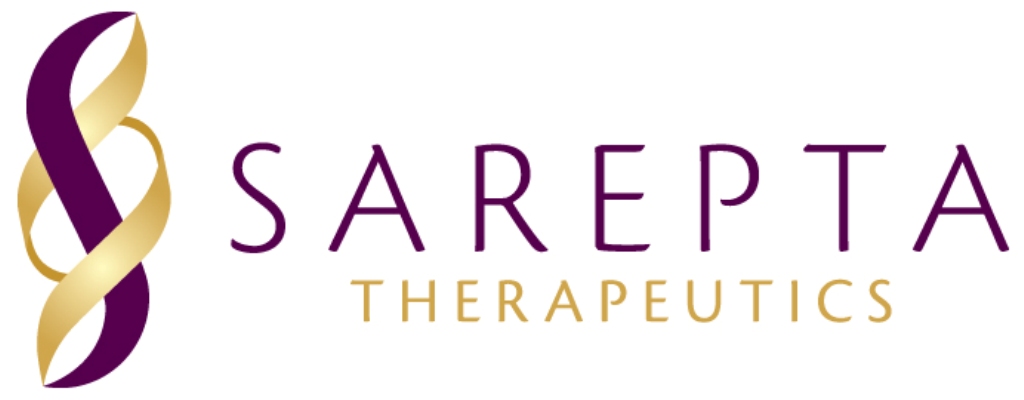Shares of Sarepta Therapeutics (SRPT) are on the rise after Leerink analyst Joseph Schwartz upgraded the stock to Outperform, a buy-equivalent rating, saying that the company’s lower estimates seem “achievable” despite headwinds. Meanwhile, his peer at Nomura initiated coverage of the stock with a Buy rating, expecting “significant upside” to materialize as launch metrics for Sarepta’s Exondys 51 for the treatment of Duchenne muscular dystrophy begin to reflect an “underestimated demand” for the drug.

REASONABLE EXPECTATIONS: In a research note to investors, Leerink’s Schwartz upgraded Sarepta to Outperform from Market Perform saying the stock now appears to have fully consolidated and reflects reasonable expectations for the Exondys launch following management’s new revenue guidance, which looks “highly conservative.” Sarepta should be able to meet revenue guidance in 2017 with relatively low conversion of existing patients from start forms to reimbursed status, the analyst argues. Furthermore, Schwartz said that the setup for the company’s shares now looks reminiscent of the Cinryze launch at Shire’s (SHPG) ViroPharma, which also penetrated an ultra-orphan market that many investors doubted “would bear enough fruit” to meet expectations. Additionally, the analyst told investors that upside could come from Exondys 51 approval in the EU and/or successful development of follow-on antisense candidates. Schwartz raised his price target on Sarepta’s shares to $47 from $27.
UNDERESTIMATED DEMAND: In a note of his own, Nomura analyst Christopher Marai started coverage of Sarepta with a Buy rating and $84 price target, saying he expects “significant upside” to materialize as its Exondys 51 launch metrics begin to reflect “underestimated demand” for the treatment and the ultimate patient numbers and market opportunity. The analyst told investors that physician feedback has been “strong,” with some indicating ideally they would use Exondys 51 in 100% of their patients. Additionally, Marai noted that he anticipates reimbursement to be broadly secured. First quarter guidance is conservative but in-line with expectations and launch ramp supporting upside, he contended. The analyst also argued that Exondys 51’s broad-label supporting uptake in the non-ambulant population, which is a higher cost-per patient market, is as an indication of the unmet need and patient perceptions of risk/benefits, despite uncertain treatment outcomes. Marai expects additional upside to be realized following EU approval of Exondys 51, which will help bolster perception of the drug’s benefit and to define the EU opportunity, currently not reflected in shares. Meanwhile, the Federal Drug and Administration approval also enables ex-U.S. launches in Latin America, with Columbia and Argentina representing near-term revenue opportunities, Marai argued.














Leave A Comment